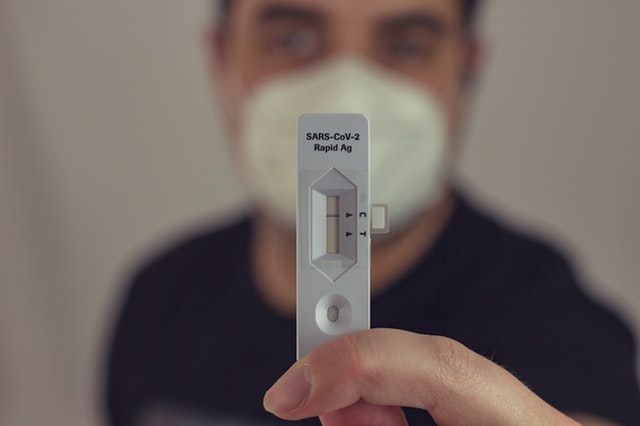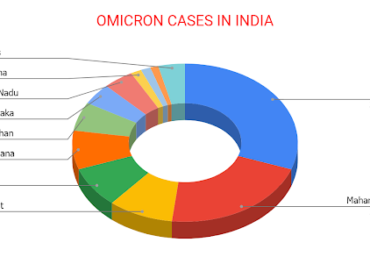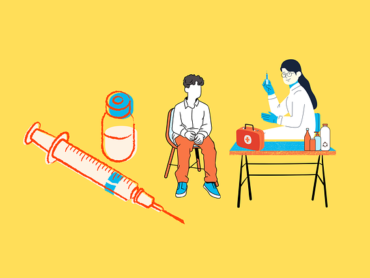With India being gripped by the third wave of COVID-19 as we enter year 3 of the pandemic, self-testing or home-testing kits are flying off the shelves. Infact, even the top health bodies of the country encouraged people with mild symptoms to use these self-test kits to confirm their infection. While this was in line with the trend in most developed countries and was meant to de-congest the high workload on laboratories providing RTPCR testing of the SARS-CoV-2, many experts believe that this trend will lead to unreported cases and significant underestimation of the actual caseload in India.
The self-test kits are largely being used by upper-middle-class and the affluent who immediately isolate themselves and seek consultation with their family physicians and practice restraint. Though these test kits are fairly accurate, they not as accurate as the RTPCR tests. What this may lead to is false negatives, under-reporting of cases, and high-risk patients taking their symptoms lightly which may increase their risk for a severe form of COVID-19 disease.
Also, from an administrative point of view, since there is no data from home testing kits, the government health bodies have no information about them. It directly affects quarantine surveillance within a state and increases the transmission of the virus to close contacts of the people.
It is, therefore, important to understand that self-test kits are screening tests and not diagnostic tests for COVID-19. Healthcare professionals and government bodies must be clear in their communication to patients and people at large about when self-test kits are indicated and what the results mean.
Though this Omicron-led third wave in India appears to be a milder sibling of the Delta, whether the self-test kits turn out to be a boon or impending doom is yet to be seen.









